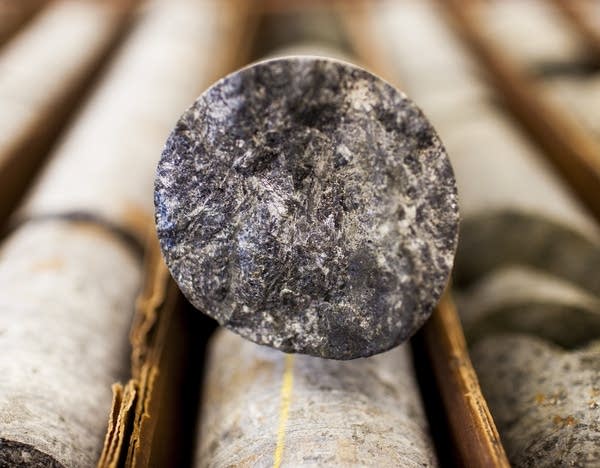Copper mine study forecasts 30 years of profits, 850 jobs

A core sample awaits examination and logging Thursday morning at Twin Metals' Ely, Minn. offices, in this 2012 file photo.
Derek Montgomery for MPR
Go Deeper.
Create an account or log in to save stories.
Like this?
Thanks for liking this story! We have added it to a list of your favorite stories.


